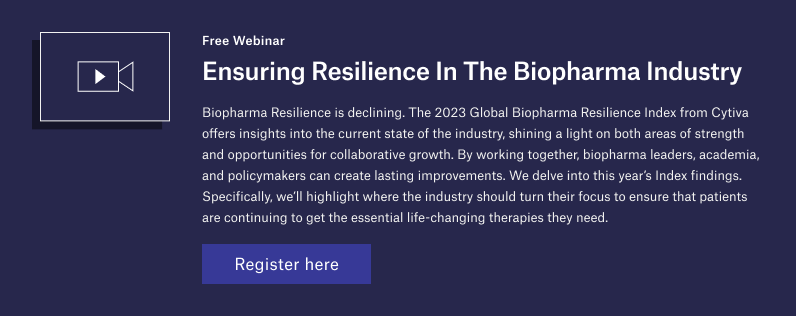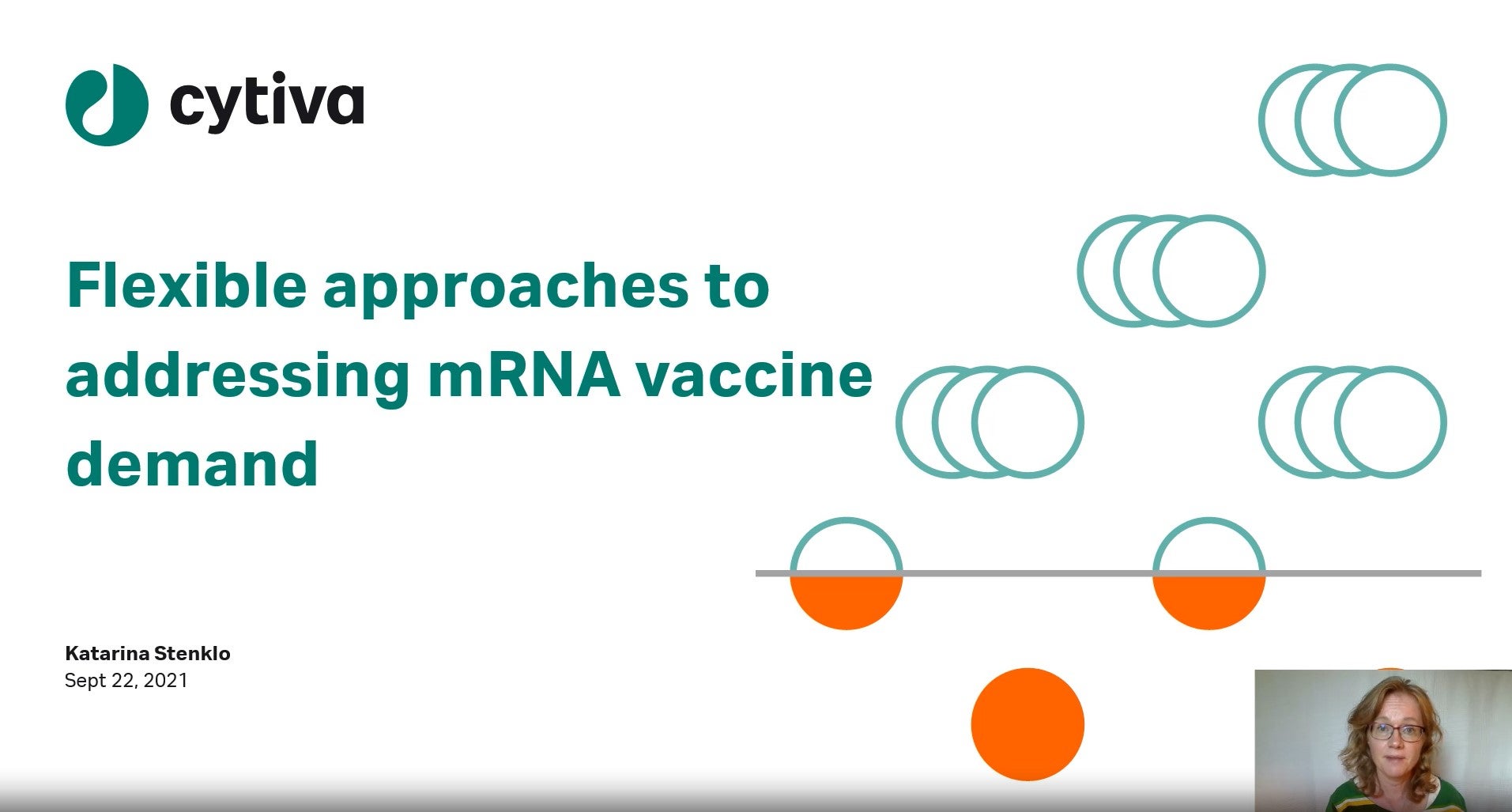
Vaccines are our number one weapon in the fight against infectious diseases, but their development has historically involved a long and complex process taking up to a decade.
Before COVID-19, Merck held the record for the fastest modern vaccine ever developed. The company began formulating ERVEBO™ in 2014 while the Ebola Virus Disease (EVD) epidemic raged in West Africa. The live attenuated vaccine was authorized by the EMA and FDA five years later in 2019 — half the time than normal.

When the COVID-19 pandemic first began, the highly transmissible disease took a matter of months to become a global health emergency at a scale the modern world had never seen. As the virus continued to spread and mutate, all hopes of a way out were pinned on a vaccine. Single- and multi-nation funding opportunities flooded in. Devex’s global COVID-19 funding dashboard recorded $172 million invested in vaccine research between 1 January 2020 and 27 June 2020. With the world watching, the biopharmaceutical community got to work.
326 days after SARS-CoV-2 was first sequenced, the FDA approved Pfizer and BioNTech’s Comirnaty® under Emergency Use Authorization (EUA). This turnaround was not only significantly faster than any previous vaccines, but the formulation also leveraged a vaccine technology that had never been used in patients before: mRNA.
On its 100 Days website, CEPI applauds this record-breaking development timeline. But it also argues that if these 326 days had been reduced to under 100, millions more lives could have been saved. According to CEPI: “Achieving the 100 Days Mission would give the world a fighting chance of containing a future outbreak before it spreads to become a global pandemic.”
The UK Government is behind this effort. The mission was first put forward during the UK’s G7 Presidency of June 2021, with support from representatives of the life sciences industry. In 2022, global governments pledged a combined $1.5 billion towards the “pandemic-busting plan”, which involves the investigation of rapid response vaccine technologies.
So, where do we go from here?
mRNA’s potential for rapid vaccine delivery
Research into the therapeutic use of mRNA had been ongoing for decades prior to the COVID-19 pandemic. Now, the global community is looking at mRNA technology as the potential answer for fast vaccine delivery and the efficient control of rapidly spreading infectious diseases.
Messenger RNA vaccines contain nucleic acids that code for a specific protein, or target antigen, related to a virus or disease. When an mRNA vaccine is administered, a patient’s body produces that protein to prompt a desired immune response. This approach to vaccination offers many advantages to developers, including quick development, high potency, a favorable safety profile, and the potential for cost-effective manufacturing.
mRNA vaccines can be made more quickly than traditional vaccine platforms because they are produced using an in vitro synthetic process that does not require the time-consuming growth or removal of cells and proteins. Platforms designed to create RNA can also be easily adjusted to target a range of indications or mutated versions of the same virus. This adaptability is what allowed Pfizer and BioNTech to redirect their existing mRNA platform from cancer to COVID in a matter of weeks.
Now that mRNA has shown to be a safe and effective technology, researchers are hoping to use it to accelerate vaccine development for other indications. Unsurprisingly, companies who had success with mRNA during COVID-19 are now looking to expand to new applications. According to GlobalData, Moderna and BioNTech are currently leading the charge with the highest percentage of mRNA clinical trials, representing 7% and 5% of all mRNA studies, respectively.
Arcturus Therapeutics is another company to watch, as they are currently working on an influenza vaccine based on a proprietary self-amplifying mRNA platform. This August, the Biomedical Advanced Research and Development Authority awarded Arcturus $63.2 million in funding to support this work.
A high number of start-up companies are focusing their research on RNA-based drugs, including Alltrna, Shape Therapeutics, Laronde, and Orna Therapeutics. RNA-related foreign direct investment spiked in 2021, with GlobalData’s database showing 76 projects in the nucleic acid therapeutics sector, up from 50 in the previous year.
Next steps
With such focused attention and quick moving research, exciting developments are expected in the field of mRNA over the next few years. However, there are still challenges to overcome to fully realize mRNA’s potential.
To start, stability of mRNA formulations can pose a challenge, as they are prone to degradation by ubiquitous enzymes and require strict temperature control and cold chain logistics. There is also a potential for an unwanted immune response and allergic reaction following patient administration. When it comes to mRNA processing, dedicated consumables and equipment options suited to its characteristics are currently limited. An imbalance between supply and demand of plasmid DNA — a key raw material in mRNA production — has also become a bottleneck.
Cytiva offers solutions across the mRNA manufacturing workflow, from plasmid linearization to aseptic filling. Cytiva’s KUBio™ modular ‘box’ environments are designed to support rapid response manufacturing of mRNA in a Biosafety Level 1 (BSL-1) environment. Installed inside that purpose-built environment, Cytiva’s FlexFactory™ platform can serve as an end-to-end manufacturing solution for mRNA drugs. The Figurate automation platform provides a central data repository, enabling process analytics, reporting, and regulatory compliance.
Achieving the 100 Days Mission will require flexible, configurable, and scalable manufacturing solutions. This fast turnaround time will also require a tool provider that is reliable and responsive, delivering high-quality systems with efficiency. When the next epidemic strikes, Cytiva will be ready to support the industry in rising to the challenge of a truly rapid response.
To learn how a flexible approach to manufacturing can help address key challenges and considerations in mRNA development and delivery, watch the presentation below.



